HONOLULU, HI—If you visit Waikiki beach in Honolulu in search of a place to surf, you’re likely to see a statue of an imposing, yet friendly man—Duke Kahanamoku—the most well known surfer in the world.
Although Duke passed away in 1968, his statue is always laden with piles of leis (flower garlands) left by respectful visitors. The statue marks a location where surfing history was made by Duke and other beach boys, culture was passed down, and young generations of surfers learned the traditions of surfing and the Hawai’ian spirit of Aloha.
The original beach boys in the 1940s provided beach services in front of the only two hotels at the time, the Moana Surfrider and the Royal Hawai’ian. The arrangement with the hotels were unofficial—the men would do everything from bringing guests towels to giving them surfing lessons—with no set fee. Modern beach boys are more official, with licensed beach stands and instructors.
One of the few remaining beach boys of the older generation, Gabby Makalena, still surfs the gentle, warm break at Waikiki every morning and works as an instructor at the Star Beach Boys stand, where he rents equipment for lessons he gives. At age 75, Makalena has been surfing since he was a young teenager and doesn’t show any signs of stopping soon.
“I started surfing in summer of 1946,” recalls Makalena. “I worked as a beach boy at beach concessions, in the summer of 1954. In those times when we were growing up and learning more of the things to do…I was thinking back to the original beach boys that we were fortunate to hang out with.”
By original, Makalena means people like Chick Daniels, “Fat Kala”, “Hoss”, Jimmy Ahakuelo (for the Royal Hawai’ian), Cornwall, and of course Duke Kahanamoku.
“As far as I know, they didn’t take money, when people said ‘How much?’ they would just say ‘Whatever you want to pay me, leave it at the desk and leave my name on it.’,” recalls Makalena about the early days of surfing lessons. “They didn’t want to be hustling them, it was all up to you what you wanted to give.”
And the arrangement was much more than a financial exchange for services.
Although Duke passed away in 1968, his statue is always laden with piles of leis (flower garlands) left by respectful visitors. The statue marks a location where surfing history was made by Duke and other beach boys, culture was passed down, and young generations of surfers learned the traditions of surfing and the Hawai’ian spirit of Aloha.
The original beach boys in the 1940s provided beach services in front of the only two hotels at the time, the Moana Surfrider and the Royal Hawai’ian. The arrangement with the hotels were unofficial—the men would do everything from bringing guests towels to giving them surfing lessons—with no set fee. Modern beach boys are more official, with licensed beach stands and instructors.
One of the few remaining beach boys of the older generation, Gabby Makalena, still surfs the gentle, warm break at Waikiki every morning and works as an instructor at the Star Beach Boys stand, where he rents equipment for lessons he gives. At age 75, Makalena has been surfing since he was a young teenager and doesn’t show any signs of stopping soon.
“I started surfing in summer of 1946,” recalls Makalena. “I worked as a beach boy at beach concessions, in the summer of 1954. In those times when we were growing up and learning more of the things to do…I was thinking back to the original beach boys that we were fortunate to hang out with.”
By original, Makalena means people like Chick Daniels, “Fat Kala”, “Hoss”, Jimmy Ahakuelo (for the Royal Hawai’ian), Cornwall, and of course Duke Kahanamoku.
“As far as I know, they didn’t take money, when people said ‘How much?’ they would just say ‘Whatever you want to pay me, leave it at the desk and leave my name on it.’,” recalls Makalena about the early days of surfing lessons. “They didn’t want to be hustling them, it was all up to you what you wanted to give.”
And the arrangement was much more than a financial exchange for services.
“A lot of [stars] come here. The first generation of [stars] stayed at the Royal Hawai’an, and that’s how they mixed with the beach boys, and even their sons, daughters, grandsons, and they got along very well,” says Makalena.
The details of the life lessons the original beach boys taught endure today. Along with other young friends who spent their summers and afternoons at the beach, Makalena would sometimes hang out and simply wait to tag alone with the “old timers”.
“We had about five different groups, and we used to go and meet all the old timers,” says Makalena. “They are the ones who teached us about being human and giving Aloha, and feeling how other people feel, when you look them in the eyes and feeling what they need.”
The most legendary beach boy, Duke Kahanamoku, was already 66 years old in 1946 when Makalena was only 14 years old. But Duke was still a regular fixture in Waikiki, giving canoeing and surfing lessons. Sometimes Makalena and the other young surfers were lucky enough to accompany him on the water.
“He was very helpful,” says Makalena about his memories of Duke. “Sometimes he would say, ‘Boys, wanna take a canoe ride?’” Of course the answer was always “Yes!”
But for Makalena, telling stories about Duke and the lessons learned on the beach are about more than fond memories.
“Just looking at him [Duke], he exudes Aloha, which means lovingness and respectfulness and always giving,” says Makalena. “He had a little in them eyes when he looks at you, it has so much meaning. You can feel it, and you can take it for what it’s worth. He speaks to you, not at you.”
Makalena says he came by his subsequent career as a surfer and surfing teacher naturally.
“We guys who hung around the beach, we used to have surfboards and we used to rent them out, and so I said, ‘Well, I gotta learn about the business from these older guys,” says Makalena. “They gave me so much influence, unbelievable. It was all positive, happy. First was respect.”
He adds that what he and other beach boys want to bring to their surfing and canoeing students is something intangible, but valuable.
The details of the life lessons the original beach boys taught endure today. Along with other young friends who spent their summers and afternoons at the beach, Makalena would sometimes hang out and simply wait to tag alone with the “old timers”.
“We had about five different groups, and we used to go and meet all the old timers,” says Makalena. “They are the ones who teached us about being human and giving Aloha, and feeling how other people feel, when you look them in the eyes and feeling what they need.”
The most legendary beach boy, Duke Kahanamoku, was already 66 years old in 1946 when Makalena was only 14 years old. But Duke was still a regular fixture in Waikiki, giving canoeing and surfing lessons. Sometimes Makalena and the other young surfers were lucky enough to accompany him on the water.
“He was very helpful,” says Makalena about his memories of Duke. “Sometimes he would say, ‘Boys, wanna take a canoe ride?’” Of course the answer was always “Yes!”
But for Makalena, telling stories about Duke and the lessons learned on the beach are about more than fond memories.
“Just looking at him [Duke], he exudes Aloha, which means lovingness and respectfulness and always giving,” says Makalena. “He had a little in them eyes when he looks at you, it has so much meaning. You can feel it, and you can take it for what it’s worth. He speaks to you, not at you.”
Makalena says he came by his subsequent career as a surfer and surfing teacher naturally.
“We guys who hung around the beach, we used to have surfboards and we used to rent them out, and so I said, ‘Well, I gotta learn about the business from these older guys,” says Makalena. “They gave me so much influence, unbelievable. It was all positive, happy. First was respect.”
He adds that what he and other beach boys want to bring to their surfing and canoeing students is something intangible, but valuable.
“We Hawai’ians always believe in family,” says Makalena. “We say ‘ohana [family], that’s first in line. Anybody that you know that’s older than you, you will respect them.”
The spirit of Aloha so deeply imbued in him and the other beach boys is part of what Makalena, who is full-blooded Hawai’ian, still tries to bring to visitors who come for surfing lessons.
“[In the] United States, different states speak in a different tone, and we here are very laid back, and we put them in our position where they settle down and enjoy it,” says Makalena.
Today, lessons range in set prices from $35 to $75, but Makalena still works to pass on the lessons he learned from Duke to visitors and the next generations of beach boys.
“When I became fifty, I asked the lord five years [to keep surfing],” says Makalena. “He gave me ten. So I say, okay, five more, he gave me ten more. I’m on my third five.”
And he still treasures the wonders of his island home and his long-running career in the Pacific Ocean.
“It’s magical here, you’re healthy here, you’re teaching here, everything out there [in the ocean] is so magical,” says Makalena. “The temperature is fine, the waves are fine, people here are good to you. They go back with fond memories, they come back with their grandchildren, their great-grandchildren.”
Reporter’s note: Local vernacular in Hawai’i mixes words from the Hawai’ian language and uses some unique forms of conjugation, which is reflected in some of the quotes in this article.
The spirit of Aloha so deeply imbued in him and the other beach boys is part of what Makalena, who is full-blooded Hawai’ian, still tries to bring to visitors who come for surfing lessons.
“[In the] United States, different states speak in a different tone, and we here are very laid back, and we put them in our position where they settle down and enjoy it,” says Makalena.
Today, lessons range in set prices from $35 to $75, but Makalena still works to pass on the lessons he learned from Duke to visitors and the next generations of beach boys.
“When I became fifty, I asked the lord five years [to keep surfing],” says Makalena. “He gave me ten. So I say, okay, five more, he gave me ten more. I’m on my third five.”
And he still treasures the wonders of his island home and his long-running career in the Pacific Ocean.
“It’s magical here, you’re healthy here, you’re teaching here, everything out there [in the ocean] is so magical,” says Makalena. “The temperature is fine, the waves are fine, people here are good to you. They go back with fond memories, they come back with their grandchildren, their great-grandchildren.”
Reporter’s note: Local vernacular in Hawai’i mixes words from the Hawai’ian language and uses some unique forms of conjugation, which is reflected in some of the quotes in this article.

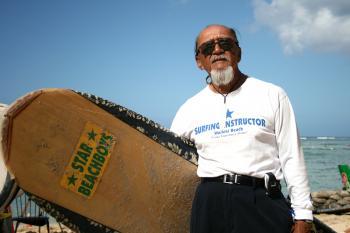
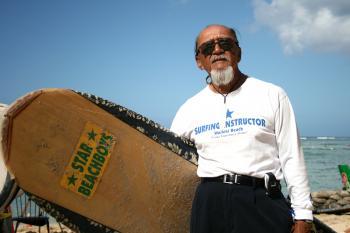
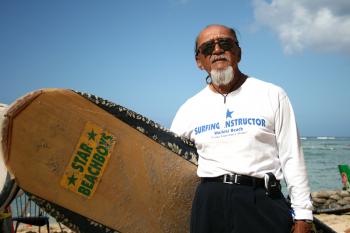
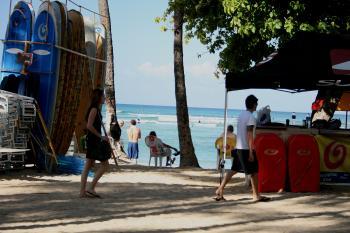
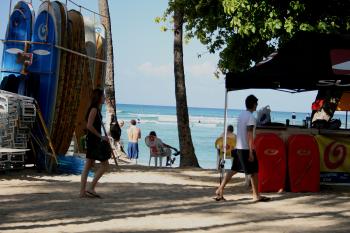


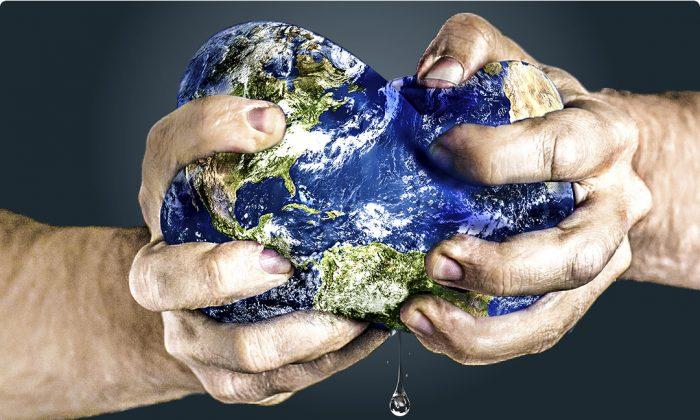
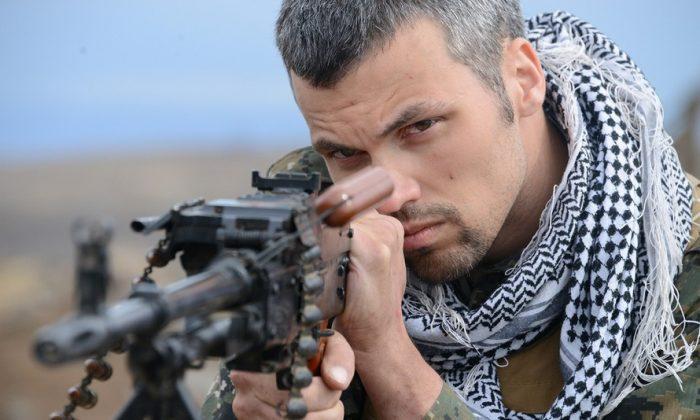
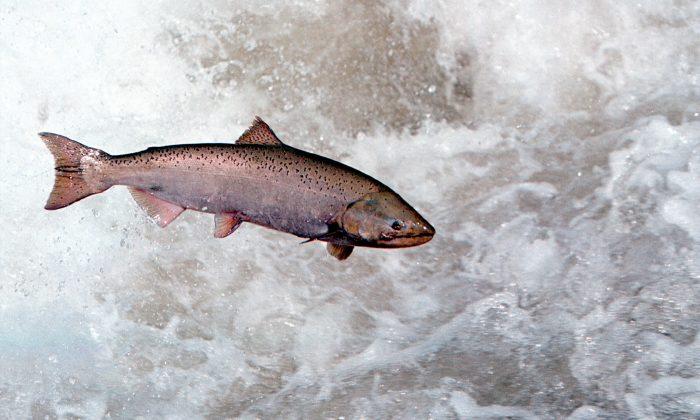

Friends Read Free